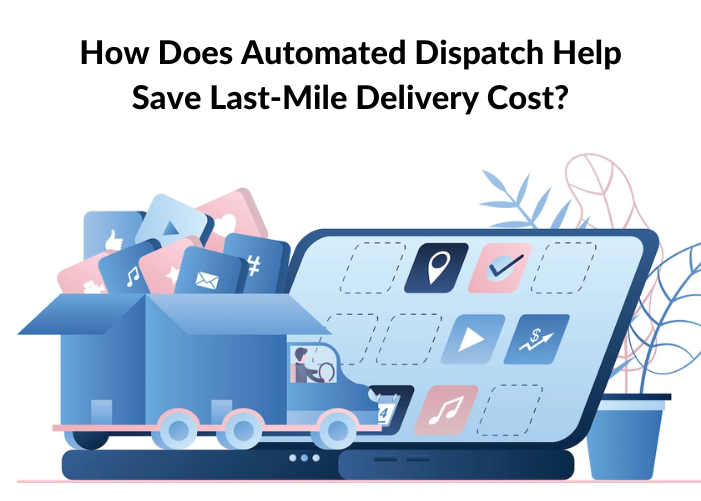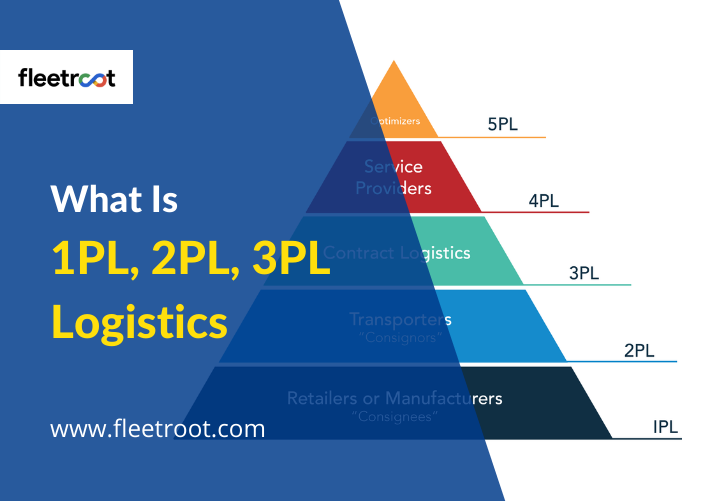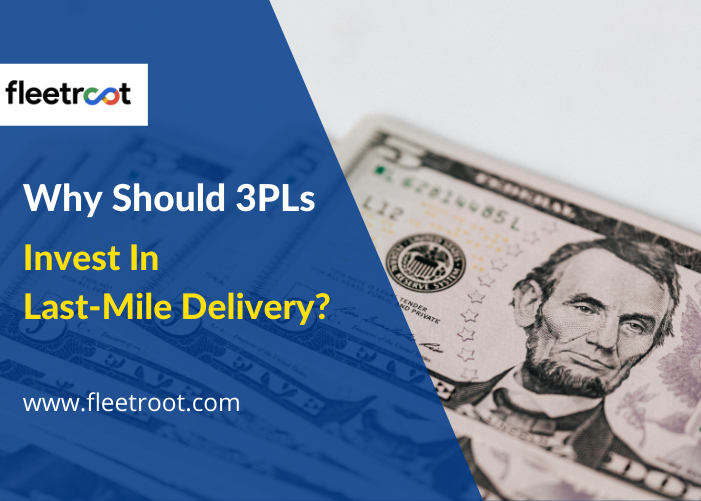Executive Summary
Changing consumer demands have subjected modern Logistics and Distribution systems to severe pressure – they have to contend with “2-hr delivery”, “same-day delivery!” Additionally, these Supply Chain companies have to maintain costs, manage resources, adhere to Government rules, maintain safety, and operate profitably!
Modern Logistics and Distribution firms are vast, complex systems that span across the globe and utilize massive resources and employ thousands of people. All this converges at the Last-Mile Delivery where the parcel is actually delivered to the Customer.
Company efficiency across Last-Mile Delivery is the driving factor for Customer Satisfaction, which is the most important differentiator for companies in today’s world. Regardless of the quality of a company’s products and services, unless the Customer Experience is satisfactory, it cannot develop a loyal, repetitive customer base that buys from it regularly.
It is impossible for Logistics and Distribution Companies to manage such a large operation with traditional manual practices and modern demands that have necessitated the use of automated tools such as GPS enabled Fleet Management Software to manage all fleet and dispatch requirements.
What is an Automated Dispatch System?
Using modern, centralized automated dispatch software to plan your deliveries enables firms to depart from traditional practices which were mostly manual, fraught with human error, cumbersome procedures using pen and paper, and required significant investment. However, in today’s times of 2-hr deliveries and same-day deliveries, a manual dispatch system is grossly adequate.
Rising customer expectations, increasing competition, constant cost-pressure, optimizing deliveries, and technology advancements have made it imperative for firms to use automatic dispatch systems to manage the complexities of modern logistics and distribution.
Benefits of migrating to an automated Fleet and Dispatch system include:
- Optimized fleet utilization
- Reduced costs (fuel efficiency, manage resources efficiently)
- Improved Customer Satisfaction (via better customer experience)
What does “Route Optimization” mean?
- The method by which you identify the shortest and most cost-effective path between two points is called route optimization.
- Modern Fleet Management and Automated Dispatch systems are automated, GPS-enabled, Cloud-server based tools that chart out dynamic route optimizations via real-time integration of numerous factors.
- These include customer demand, number of deliveries, resources available, changing environmental conditions (weather, traffic etc.) and safety protocol.
- By balancing all the above variables to achieve the “golden mean”, the most optimized route is selected
What are the benefits of an Automated Fleet and Dispatch Software?
1. Logistics and Distribution Management: A fleet management and dispatch tracking software is a cloud-based centralized system that helps organizations accurately manage their fleet operations.
A centralized system prepares daily dispatch schedules, assigns and re-assigns drivers also informs them of changes in real-time via notifications (phone pop-ups), organizes billing, and optimizes operations based on available resources.
The system provides complete transparency and visibility of its entire range of operations at all times to all stakeholders (adjusted for access levels) and provides a holistic view to companies for managing their Logistics and Distribution operations.
2. Adaptability: 24*7 access to traffic, road, and weather conditions matched with available vehicles and drivers enable the software to build the most efficient route. Real-time updates on routes assigned also allow the software to course-correct where needed.
3. Real-Time Route Optimization: Dispatch tracking software helps in developing the most cost-effective route while taking into consideration the location, vehicle, and fuel costs.
The software uses GPS to monitor changing everyday conditions such as traffic congestion, changing weather patterns, other incidents like accidents, toll-breakdowns (etc.) to come up with the optimal dispatch route. It also makes real-time adjustments in case of changes and keeps all stakeholders updated. These include drivers, vehicle-allocation, delivery, and transport crew (etc.). This ensures maximum transparency and the free exchange of information.
From the perspective of ongoing improvement, the system not only generates a vast array of data but also has robust in-build MIS. This provides company management with enough data that it can mine for insight to identify areas of improvement, change, and innovation. For eg, some routes may be better optimized if organized differently, with different starting and ending points, differently sized vehicles, receive supplies from a different warehouse (etc.)
4. Tracking Driver Behavior, Safety Protocol: An automated GPS enabled fleet software and mobile app provides real-time updates enabling firms to track driver positions and progress. Real-time monitoring ensures that drivers maintain safe driving protocol and monitor and review driver performance.
5. MIS: Dispatch tracking software has MIS tools that help companies track their performance based on key metrics such as times clocked, order completion, fuel consumption, customer satisfaction, and importantly, Planned vs. Actual.
6. Scalability: Managing scale, adjusting to changing operational and business environments is a critical requirement of an automated dispatch system. Modern fleet and dispatch tracking software ensure that not only can offerings be scaled and adjusted to match the needs of the business but also use predictive tools to plan for increased – or, reduced – demands. This helps Client and Fleet Management Companies, both, to plan better.
7. Customer Satisfaction, End-User Experience: All the benefits and improvements to a firm’s logistics and distribution operations mentioned in points 1-6 (above) culminate in the most important final metric i.e. Customer Satisfaction (CSAT).
Customer Experience and Satisfaction have become the single biggest differentiator for modern brands across industries. In today’s age of technology diffusion, simply providing good quality products and services cannot help firms build successful businesses because competitors can offer similar – or, identical, and better! – products. If customers are unhappy with the entire customer experience, they will switch. And, if they are satisfied – or, delighted! – with their customer experience they will become loyal customers that come back to you regularly.
Therefore, for companies that want to build a loyal consumer base and run sustainable and profitable businesses, today’s defining metric for success is its CSAT score.
How is Customer Satisfaction related to Last-Mile Delivery?
The last part in the distribution chain your Order travels before it reaches its destination is called Last-Mile Delivery.
Company performance in Last-Mile Delivery drives Customer Satisfaction for your company since it touches the consumer, adjusts to his delivery requirements, and forms the face of the company for him. Importantly, it also forms a significant portion of the total cost of delivery to consumers.
Modern Automated Dispatch Systems: using GPS enabled Fleet & Vehicle Tracking Software
Therefore, the advantages of using modern GPS-enabled Fleet Management Software is a great way to manage automated dispatches, track and control Last-Mile Delivery. With it, firms can optimize driver and vehicle allocation, minimize costs, and importantly, use all this for timely delivery to the customer to generate Customer Satisfaction.
Conclusion
We have seen how Customer Satisfaction is critical to success for today’s brands and how efficiency in Last Mile Delivery is indispensable for achieving this customer satisfaction. Since managing the Last-Mile Delivery also requires an efficient to perform optimally across several critical factors such as vehicles, drivers, cost, resources, delivery windows demanded by the Customer (etc.). the use of modern automated systems like a GPS enabled Fleet Management Software is imperative for today’s logistics and distribution companies.



